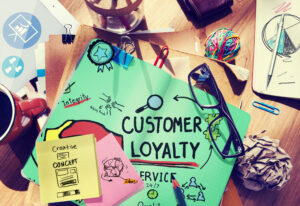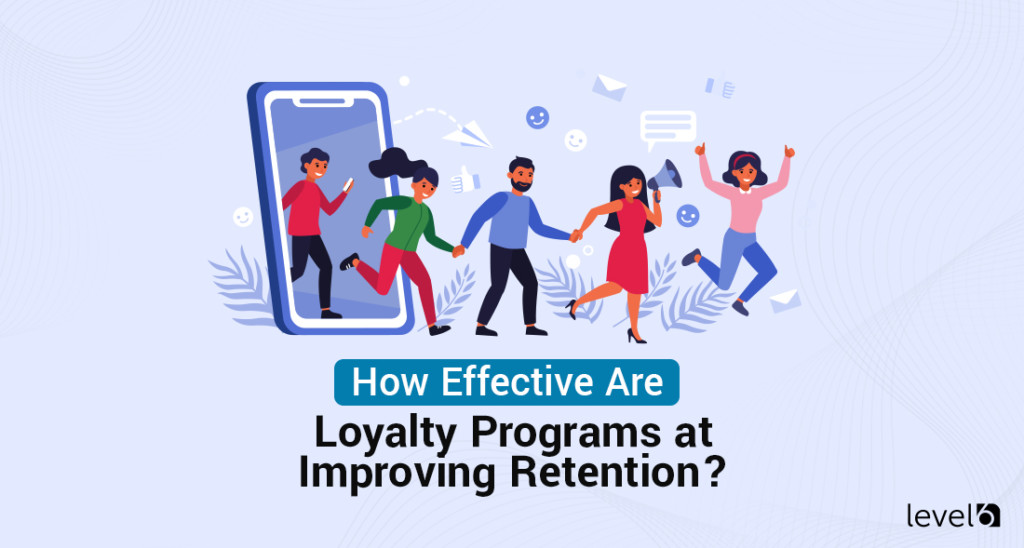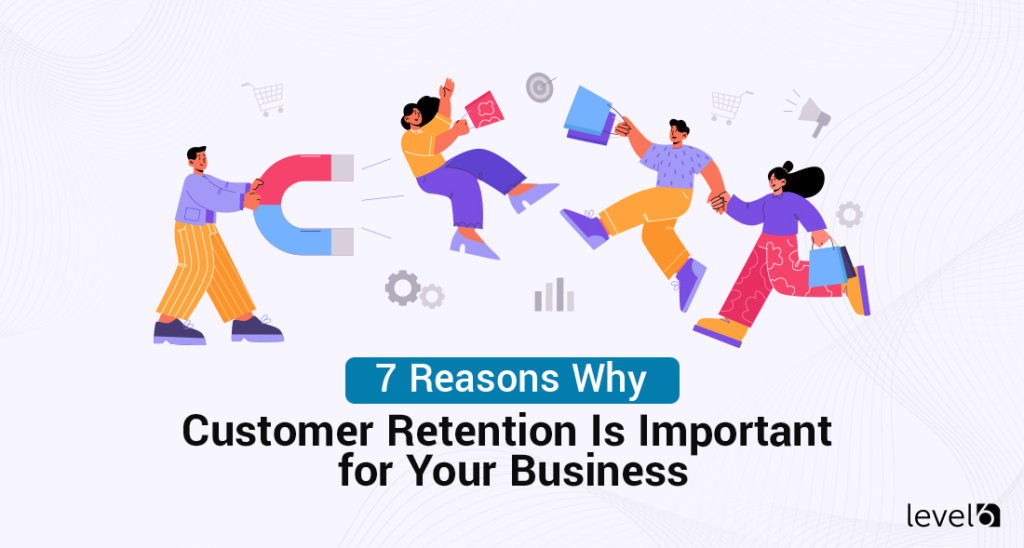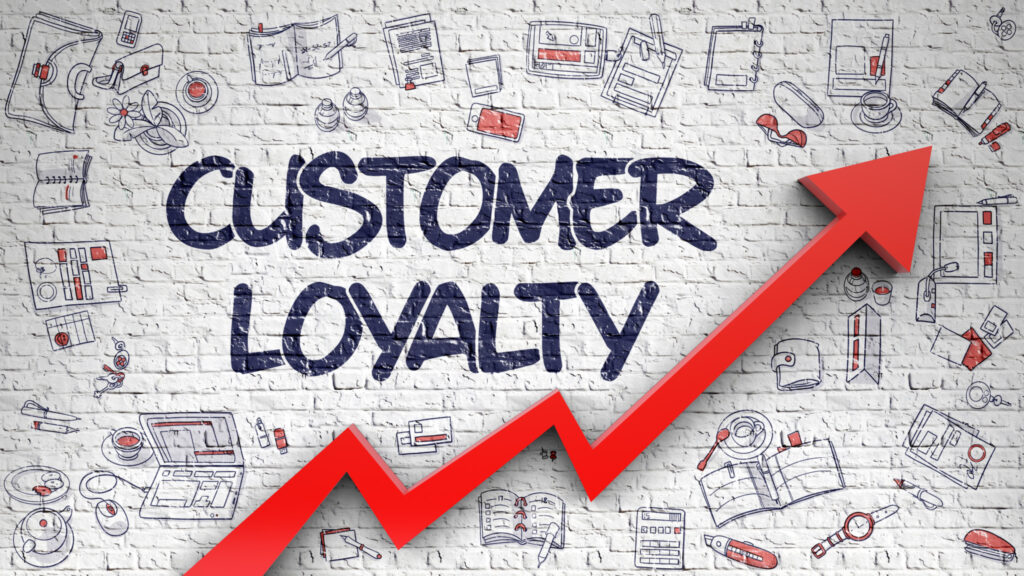Competition is everywhere and it doesn’t matter what industry you’re in either. No matter how niche you think your business might be, any profitable niche will eventually attract competitors. Particularly in the era of the startup, no company is invincible when it comes to potential competitors. Once you lose sight of this reality, you run the risk of being left behind. Regardless of what industry you’re operating in, staying afloat in the modern world of business means ensuring that you’re doing two things. First, you have to stand out from the crowd. And second, you’ve got to understand and reward your customers. Customer loyalty programs are the perfect way to achieve both of these goals simultaneously. In this article, we’ll look at why customer loyalty programs matter, how they work, and what you can do to ensure that your organization’s customer loyalty program is optimized for success.
Stay On Their Minds
If you want to keep customers around, you have to work hard to stay top-of-mind. With people receiving upwards of 200 emails a day and scrolling endlessly through an advertising-laden social media stream, keeping your customers aware of your brand is more challenging than ever. That’s why you need an effective customer loyalty program: It’s one of the best ways to ensure that your customers don’t forget about you. You’re giving them a monetary incentive in the form of some sort of reward to keep coming back to your business, rather than choosing another alternative.
Let’s be honest here, rewards may not be particularly important to you as an individual consumer. You may not make many purchasing decisions based on the potential to earn an incremental amount of rewards with a particular company. And the same may be true for a significant portion of your customers. Some of them simply won’t care whether you offer rewards or not.
But for other customers, loyalty programs are everything. They make a point of choosing to patronize businesses that take the extra step to reward them for their loyalty. If your competitors offer rewards and you don’t, you’ll quickly lose these particular customers.
Plus, as we’ll see below, rewards aren’t just about satisfying a certain segment of your customers. With the right rewards program, you’ll be able to amass huge amounts of customer-purchase data, which is invaluable in targeting your marketing efforts, resulting in more effective (and more affordable) marketing over the long haul.
The Technical Side of Customer Loyalty Programs
So far, we’ve looked at incentive programs targeted at independent sales reps, in-house employees, and also discussed customer rebates. All these incentives can be set up with a fairly simple, standalone web portal. There’s no need to integrate these incentives with existing company systems, apart from collecting data for accounting purposes. In a sense, these types of incentives are independent of other technologies that your company might be leveraging.
With a customer loyalty program, though, things tend to get a bit more complicated. More often than not, you’re rewarding customers based on purchases that they’re making. As a result, you’ll need to tie your loyalty program into your organization’s existing point-of-sale (POS) system, which could involve hundreds or even thousands of store locations nationwide (assuming you have a brick and mortar element). This kind of integration can be complicated. Generally speaking, implementing this type of incentive program will mean extensive IT integration with your POS, along with maintaining sizeable backend databases.
This isn’t necessarily a bad thing. As we already mentioned, part of what you’re looking to do with a customer loyalty program is collect as much data as possible. The better your POS-to-database integration, the more data you’ll have access to down the road. The takeaway here is that the type of company you’ll likely need to work with for this sort of customer loyalty program will differ somewhat from the types of companies offering other incentive programs. In other words, don’t be surprised if a provider that typically sets up rebate programs, employee rewards, and so on isn’t capable of offering these types of POS integrations to you.
Looking to learn more about an incentive, rebate
or reward program for your business?
Curious about costs?
Try our instant pricing calculator:
Keeping Things Simple
All of that said, it’s completely possible to avoid some of the technical complications associated with a typical customer loyalty program. There’s no need to assume that a loyalty program isn’t doable just because you need to keep costs down or simplify the initial setup process.
Rather than going the POS-and-database route, you can simply set up a customer loyalty program that works like a rebate. With this type of loyalty program, customers use an app to scan the barcode on an item they’ve purchased or enter the barcode number manually via an online portal. Their activity is tracked through an account, and they later receive rewards based on the purchases that they’ve manually entered into their purchase history.
Fresh Step Cat Litter’s Paw Points program functions much in this way. As the name implies, it’s a points-based program where customers can rack up points by logging purchases into the Paw Points app. These points can later be redeemed for things like cat toys, cat condos, and so on.
Fresh Step also knows their customers. They’re aware that many of their customers care about animal rescue and want to support their local animal shelter. So, rather than cashing in their points for themselves, customers have the option of donating their points to a local shelter so they can receive much-needed toys, cat litter, beds, and more.
The success of Fresh Step’s program is evidence that any company—large or small—can opt to go the simpler, rebate-based route rather than tracking customer activity through a POS system. Your budget and your company’s needs and goals can determine which direction you choose to go.
What a Customer Loyalty Program Can Do
Before we go into detail about what you can do to increase the efficacy of your customer loyalty program, let’s take a look at what a successful customer loyalty program can do.
In 2012, Walgreens launched its Balance Rewards program.[ii] At the time, Walgreens was struggling, losing market share to CVS and RiteAid, with sales that had flattened out and fallen off slightly over the past few years. CVS had an extensive customer-loyalty program already in place, and Walgreens had to start from scratch. They realized that a good loyalty program was key to staying competitive. So, as part of a nationally coordinated campaign, they launched the Balance Rewards program[iii] at more than 7,900 stores nationwide in September of 2012. Since then, Walgreens has grown the rewards program to more than 150 million registered members, including 85 million active rewards members.
As a result, Walgreens now has access to a huge customer database with massive amounts of customer data. They’ve used this data to personalize their marketing. One example is the way they’re targeting their marketing efforts based on a customer’s “propensity to buy” score. The top one third with the highest propensity to buy are enrolled in a “Thank You” program, receiving special rewards offers via email and direct mail, along with a product sample intended to compel them to purchase. The middle third of customers receive various placement ads and coupons. Finally, the bottom third—the ones with the lowest propensity to buy—are exposed to various digital display and paid search ads. When they click on these ads, they’re directed to a page on the Walgreens website that educates them about the brand itself. According to Walgreens’ Director of Supply Marketing, Lisa Zhao, the customers exposed to these campaigns develop much higher Net Promoter Scores than customers who have no exposure to them.
The Walgreens story demonstrates how essential it is to take the long view with customer loyalty, along with the value of customer data in personalized marketing. Walgreens saw a gross sales increase of 65% over the first five years of the Balance Rewards program. And most of those gains didn’t start happening until the loyalty program had been in effect for a couple of years. Walgreens’ success is evidence of just how effective a customer loyalty program can be when executed properly.
Tips for an Effective Customer Loyalty Program
If you’re going to go all-in with a new loyalty program, you’ll need to do everything you can to make it successful. Obviously, the last thing you want is to spend a considerable amount of resources (time, money, personnel) on a program that never gets off the ground or offers no measurable returns. So, let’s take a look at five tips for making your loyalty program as effective as possible.
Tip #1: Consistency and Commitment
This might seem obvious at first glance. But you’d be amazed by how often this basic necessity is overlooked by companies large and small.
Before you dive in, take a moment to acknowledge that a full-fledged customer loyalty program is a long-term commitment. If you decide to pull out after only a few months, it could actually result 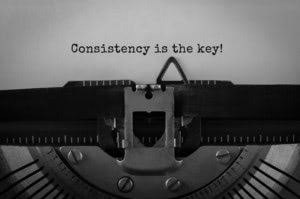
Then consider the opposite scenario. A well-designed customer loyalty program backed by your organization’s full commitment can boost customer confidence in your company,[iv] which is one of the single most important factors when it comes to increasing customer lifetime value.
There’s one other element of consistency and commitment that we should mention, too. It has less to do with following through with your program, and more to do with branding consistency. Make sure you offer branding consistency throughout your web portal, app, promotional emails, graphic design, and so on. You want to create a brand image for your loyalty program that customers can instantly recognize no matter the interaction point.
Tip #2: Keep It Simple
We’ll be blunt here: Your customers don’t want to deal with a complex, difficult-to-understand rewards program. At best, they’ll ignore it. At worst, it will actively turn them off and send them packing to one of your competitors.
Remember that your customers are busy, and you’re not the only company they patronize. They won’t be able to keep track of complicated tier systems, personalization options, impossible password combinations, and so on. The simpler things are, the higher the chances of an individual customer participating. And more participation means a more successful and effective program.
To keep things simple, you’ll want to minimize program options, ensure that your program is easy to join, and clearly communicate both point accumulation and spending rules to your customers. Make sure that it’s easy to quickly and fully understand how your program works. If customers are left scratching their heads, they’re unlikely to actually take part in your program.
Tip #3: Exclusivity
In some cases, the way that you present your program is just as important as what you’re actually offering. To some degree, it’s actually more important.
Don’t get us wrong: Pointless rewards that add up to nothing are not going to increase customer retention. But presentation is an essential element in the total package. You want to tap into your customers’ fear of missing out (FOMO), and one effective way to do that is to make your program feel as exclusive as possible. They’ve joined a special club, and they’re going to get access to rewards that other people are missing out on.
Membership cards are one way to create exclusivity. A thoroughly branded web portal can accomplish the same thing. And, of course, a branded, custom debit card is the ultimate in exclusivity.
Tip #4: The Psychology of the ‘Head Start’
Have you ever signed up for a loyalty program that gives you a little sign up bonus? This makes joining feel more like it’s worth the trouble and encourages you to start spending right away to add to your existing points.
This isn’t just an isolated phenomenon, or something that simply “sounds” effective. A recent study[v] from researchers at USC and the Wharton School demonstrates that consumers are more likely to participate in such a program if they perceive themselves as having a head start.
In the study, participants were divided into two groups. One group was handed a loyalty punch card with a specific number of holes in it, and with some of the holes already punched out. The other group received the same punch card with an identical number of holes, but with none of them punched out. The not-so-surprising results? Subjects in the first group were statistically much more likely to participate in the program than those in the second group.
Giving your customers a sign-up bonus is also a great way to incentivize enrollment in your program when you launch it. Make the sign-up bonus temporary. In other words, customers have to sign up today, or this week, or no later than a specified date to receive the bonus. This will tap into their fear of missing out and can significantly improve your initial enrollment numbers.
Tip #5: The Right Partner(s)
Lastly—and perhaps most importantly of all—you must ensure that you’re working with the right partner(s) when it comes to launching a customer loyalty program.
As we mentioned above, certain programs will require experienced partners prepared to do relatively complicated database and backend work to tie the program into your existing POS system. In other cases, you may be better off working with a company whose focus and expertise is less technical and more centered on branding, customer psychology, and so on.
The important thing is to be clear about what your needs are from the beginning and find a partner that can meet your needs, whatever they may be. Check their references before signing a contract and be certain that they’ve produced solid results for other organizations.

 Demo
Demo